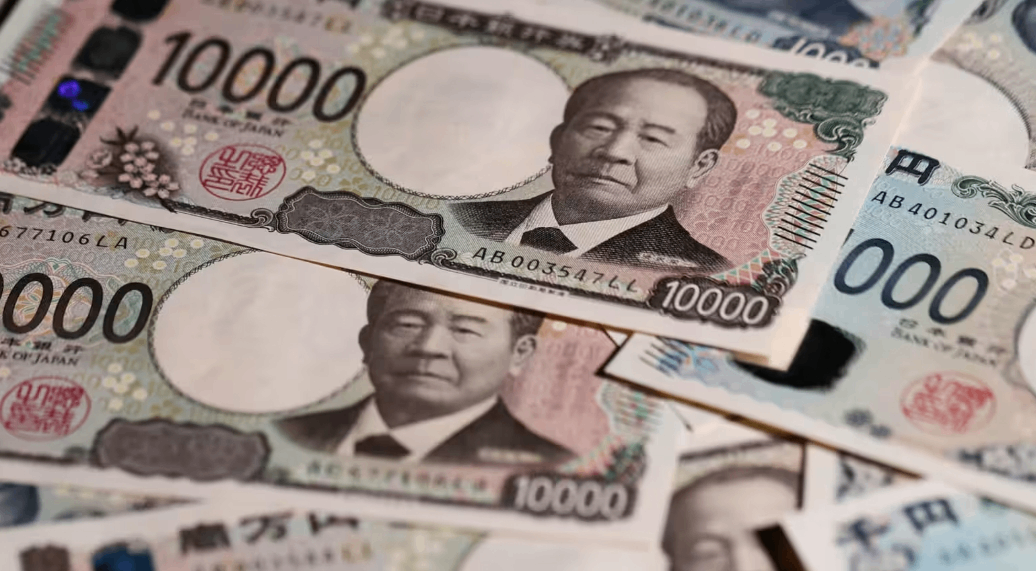The Ministry of Finance rarely sent inquiries to market participants to discuss possible adjustments to the bond issuance plan.
On June 16, people familiar with the matter said that the Bank of Japan was seriously considering whether to slow down the pace of reduction in bond purchases.
After canceling negative interest rates and yield curve control policies in March last year, the central bank scaled back bond purchases in the summer.Central bank data showed that the Bank of Japan's holdings of government bonds fell by a record 6.2 trillion yen in the first quarter as purchases slowed and bonds matured.
The structural fragility of the Japanese government bond market has been fully exposed in this round of turmoil.
More than a decade of quantitative easing policy has allowed the Bank of Japan to accumulate a staggering balance sheet-holding approximately 560 trillion yen in government bonds, accounting for 52% of total outstanding government debt.When this "super buyer" reduced its holdings by 21 trillion yen since its peak in November 2023 and launched a quarterly reduction plan, the market suddenly fell into a vacuum.
Domestic life insurance companies and banking institutions that in theory should take over have collectively retreated due to the drying up of liquidity in the bond market, stricter supervision and the risk of book losses brought by rising interest rates.What is more serious is that the Japanese government bond market lacks an effective pricing mechanism and depth. Even if foreign capital surges in "bucking the trend", it will be difficult to fill the demand gap, resulting in a dilemma of "the central bank exiting and no one taking over the offer."
Kazuo Ueda's decision-making dilemma lies in the fundamental conflict between policy goals.
On the one hand, the "price-wage spiral" formed by inflation levels that continue to exceed the 2% target (core CPI reached 3.0% year-on-year in December last year) and wage growth requires the central bank to continue to promote the normalization of monetary policy, including maintaining QT (quantitative tightening) path.On the other hand, the government's debt burden has risen to 219.15% of GDP (the highest in developed economies), and every basis point increase in yields has exacerbated the risk of a fiscal crisis-current interest payments on government bonds have eaten up about a quarter of the fiscal budget.More urgently, the rapid rise in government bond yields is no longer a mere numbers game: the 30-year yield has surged 44 basis points since the beginning of May, which means that financing costs for local governments and companies have risen across the board, potentially stifling the fledgling economic recovery.
The sensitivity of global financial markets to Japan's QT turn stems from its systemic importance.As the core currency source of long-term global "carry trade", changes in yen interest rates directly affect trillion-level cross-border capital flows.When the rise in Japanese government bond yields weakens the appeal of carry trading, the return of capital to Japan may trigger a chain reaction. Japan's interest rate hike in July last year triggered a 12% single-day drop in BTC and a 24% drop in ETH. U.S. stocks and the European bond market fell simultaneously.Now, faced with the same selling pressure in the U.S. bond market (Trump's tariff policy exacerbates fiscal expansion expectations), if Japan's QT slowdown causes the yield curve to return to real control, it may become the last straw to crush the global bond market.
Policymakers have begun to respond to the crisis.In a rare move, the finance ministry asked market participants about possible changes in bond issuance plans; reuters reported that japan was considering cutting its issuance of 20-, 30-and 40-year bonds in favor of issuing short-term bonds.Makoto Sakurai, a former Board of Japan's review member, was even more subversive: "The process of reducing bond purchases will stop here.
If bond purchases continue to be significantly reduced, yields are bound to rise further "-which suggests that the June meeting may not only slow down cuts, but completely suspend the QT process.Bloomberg surveys also confirm this divergence of expectations: about 40% of analysts predict a new reduction of 200 billion yen, 25% predict 300 billion yen, 20% believe it will remain at 400 billion yen, and the rest point to a more moderate path.

